Controlling the nature of Evolution through CRISPR
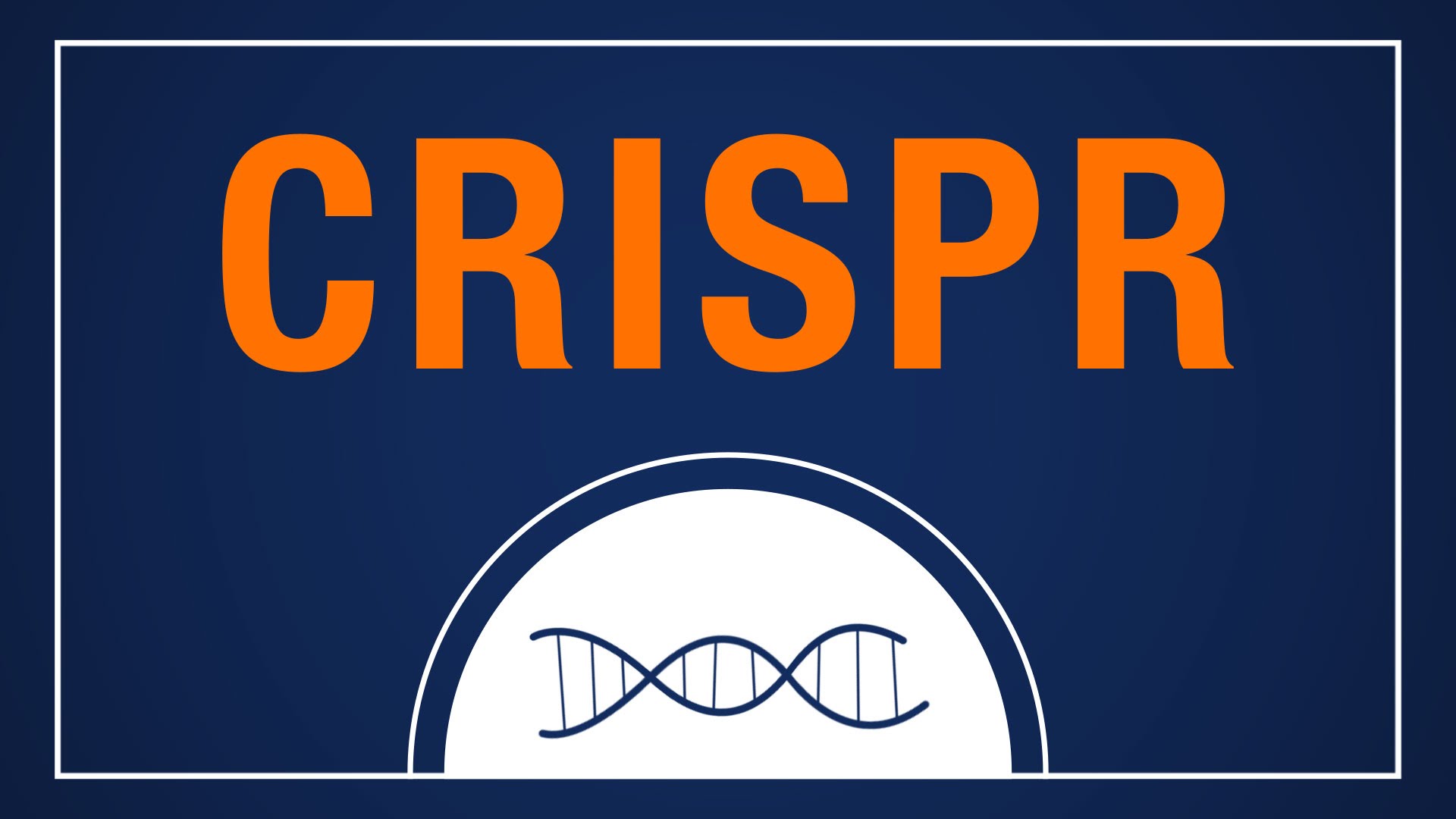.jpg)
First thing first. This is going to be a nerdy post.
For the first time in some about 200000 years of human history, the ability to build and select genetic traits is within reach.
Genome editing (also called gene editing) is a group of technologies that give scientists the ability to change an organism's DNA. Several approaches to genome editing have been developed. A recent one is known as CRISPR-Cas9, which is short for clustered regularly interspaced short palindromic repeats and CRISPR-associated protein 9. CRISPR-Cas9 is a unique technology that enables geneticists and medical researchers to edit parts of the genome by removing, adding or altering sections of the DNA sequence. It is currently the simplest, most versatile and precise method of genetic manipulation and is, therefore, causing a buzz in the science world. The CRISPR-Cas9 system has generated a lot of excitement in the scientific community because it is faster, cheaper, more accurate, and more efficient than other existing genome editing methods.
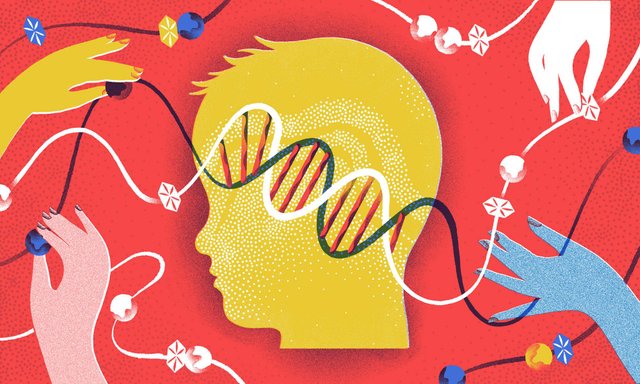
How does it work?
Prokaryotes have evolved several defense mechanisms to protect themselves from viral predators. Clustered regularly interspaced short palindromic repeats (CRISPR) and their associated proteins (Cas) display a prokaryotic adaptive immune system that memorizes previous infections by integrating short sequences of invading genomes— termed spacers— into the CRISPR locus. The spacers interspaced with repeats are expressed as the small guide
CRISPR RNAs (crRNAs) that are employed by Cas proteins to target invaders sequence specifically upon a reoccurring infection.
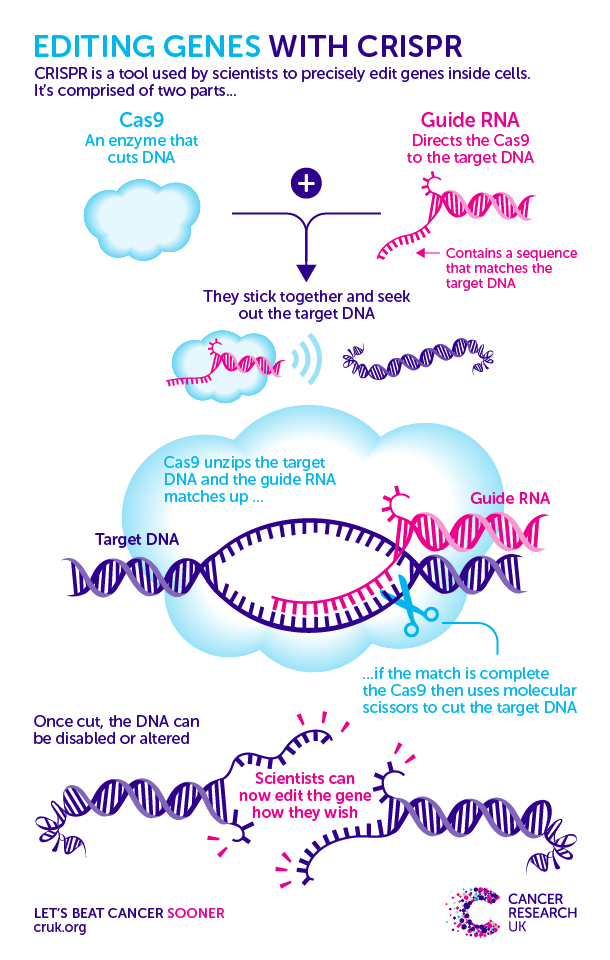
The functions of CRISPR and CRISPR-associated (Cas) genes are essential in adaptive immunity in select bacteria and archaea, enabling the organisms to respond to and eliminate invading genetic material.
These repeats were initially discovered in the 1980s in E. coli. Three types of CRISPR mechanisms have been identified, of which type II is the most studied.
Researchers create a small piece of RNA with a short"guide" sequence that attaches (binds) to a specific target sequence of DNA in a genome. The RNA also binds to the Cas9 enzyme. As in bacteria, the modified RNA is used to recognize the DNA sequence, and the Cas9 enzyme cuts the DNA at the targeted location. Although Cas9 is the enzyme that is used most often, other enzymes can also be used. Once the DNA is cut, researchers use the cell's own DNA repair machinery to add or delete pieces of genetic material or to make changes to the DNA by replacing an existing segment with a customized DNA sequence.
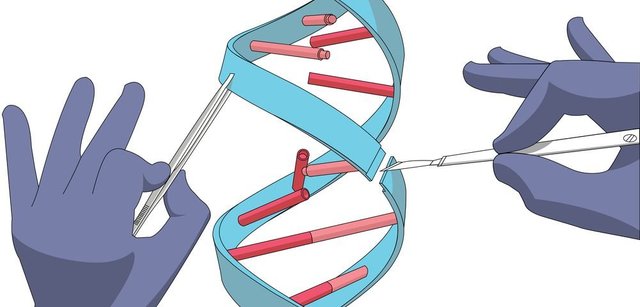
What are the applications and implications?
If I were to ask you name some of the most incurable diseases or disorder, you would probably come up with diseases like Cancer, HIV, Hemophilia, Sickle-cell anemia, β-thalassemia and many more. CRISPR-Cas9 has a lot of potential as a tool for treating a range of medical conditions that have a genetic component, hepatitis B, single-gene disorders such as cystic fibrosis, hemophilia, and sickle cell disease or even high cholesterol. It also holds promise for the treatment and prevention of more complex diseases, such as cancer, heart disease, mental illness, and human immunodeficiency virus (HIV) infection.
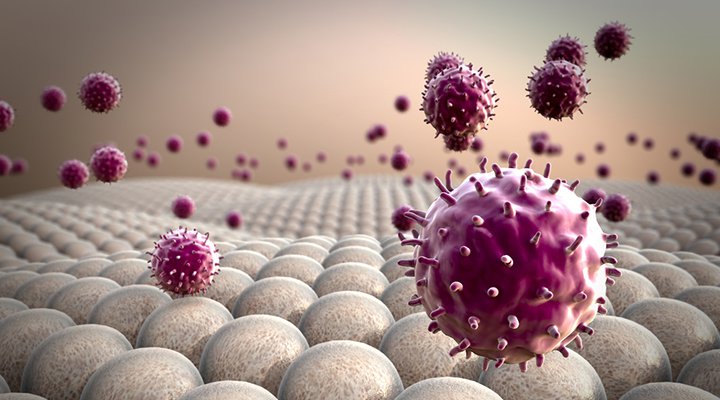
Many of the proposed applications involve editing the genomes of somatic(non-reproductive) cells but there has been a lot of interest in and debate about the potential to edit germline(reproductive) cells. Because any changes made in germline cells will be passed on from generation to generation it has important ethical implications, including whether it would be permissible to use this technology to enhance normal human traits (such as height or intelligence). Based on concerns about ethics and safety, germline cell and embryo genome editing are currently illegal in many countries. Mutation and selection. These two principles have molded basically all life on Earth, from pond scum to Human. Evolution’s rule book says changes to life’s instructions happen more or less at random, and not because an organism needs something, while selecting which traits are good enough to be passed on, is decided by… ya know, the universe. But humans are rewriting these rules in incredible ways, putting us in charge of our evolution.